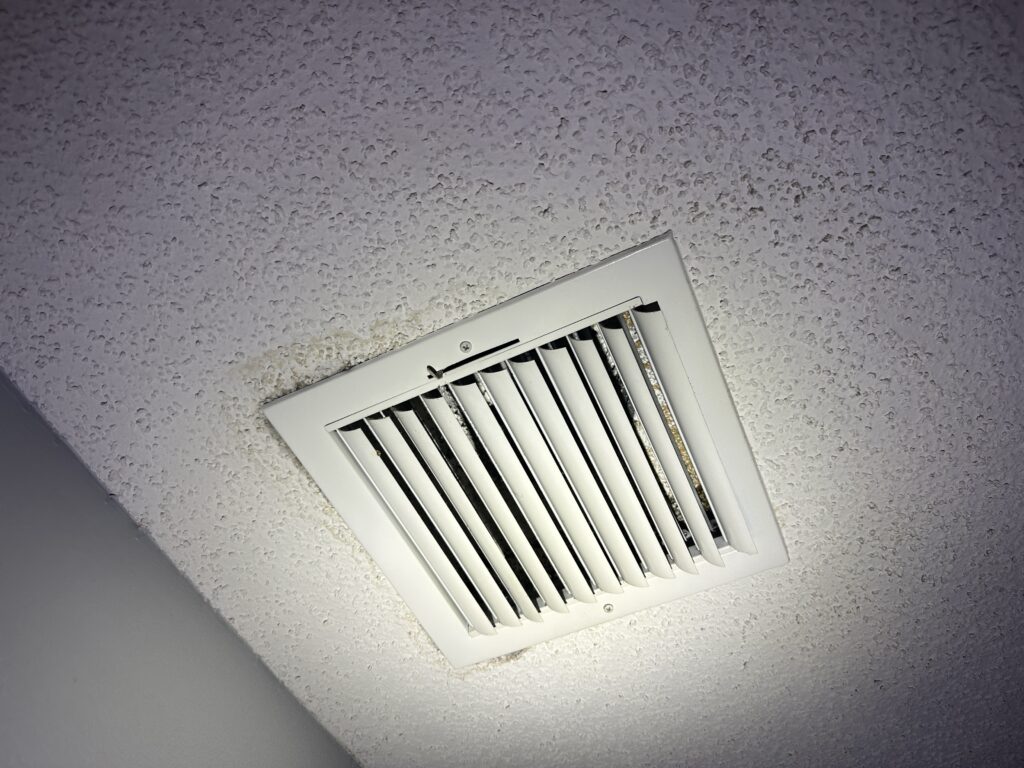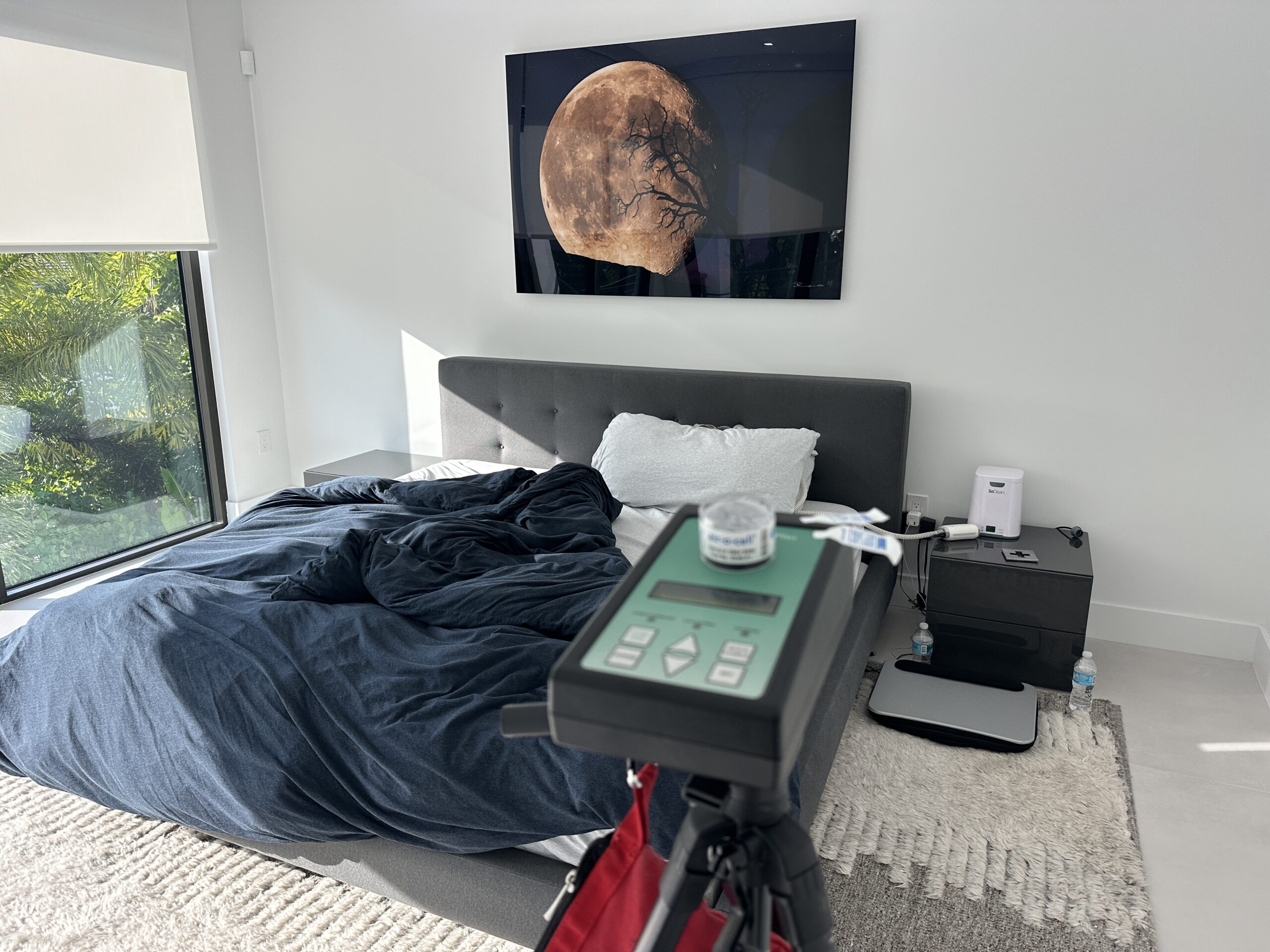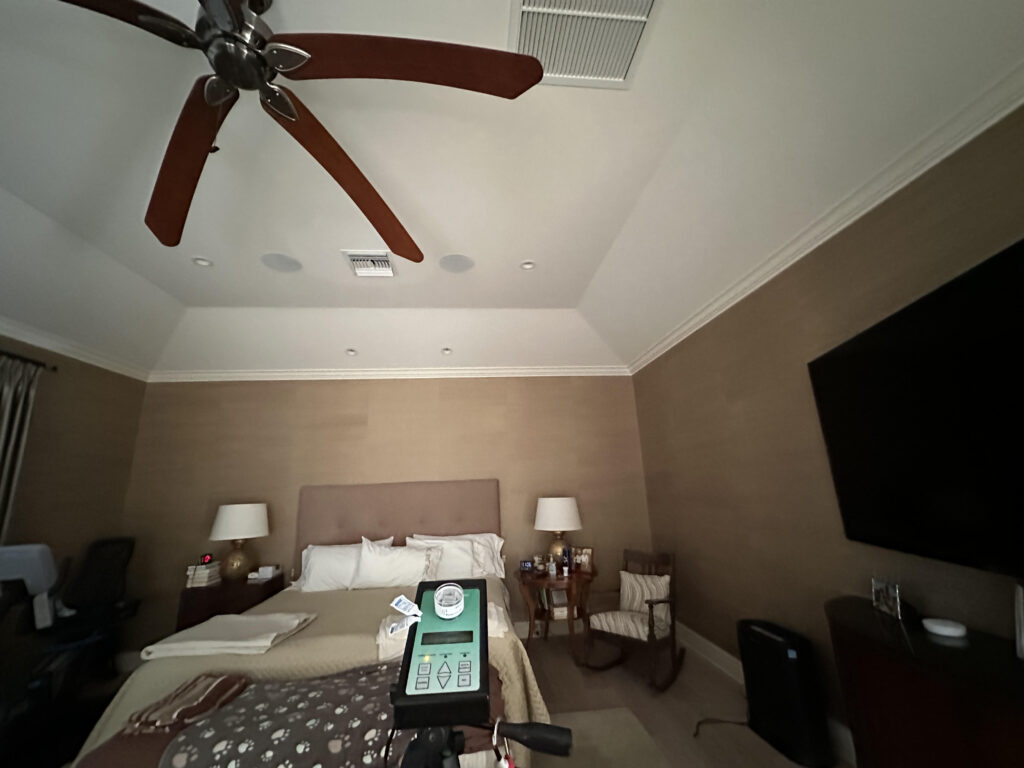Many of us overlook the air quality in our homes, but did you know that common allergens hidden in plain sight could be making you feel sick? Whether it’s an odd smell, visible mold, or persistent dust, these signs could be indicating a larger issue. In this comprehensive guide, we’ll explore how to identify and address allergens in your home, ensuring your indoor environment is as healthy as possible.
Understanding Indoor Allergens
Awareness is the first step to a healthier home. If you’re noticing persistent symptoms like sneezing, watery eyes, or respiratory discomfort, it might be time to check for allergens lurking in your living space. Let’s dive deeper into identifying common indoor allergens so you can understand and combat them effectively.
1. Mold: The Stealthy Invader Mold is not just an unsightly issue—it’s a health hazard. It prefers damp, poorly ventilated areas, so your bathroom, kitchen, and basement are prime spots for mold growth. Beyond visual signs, a musty odor often indicates mold’s presence even if it’s hidden behind wallpaper, tiles, or paneling. To inspect for mold:
- Check under sinks, around windows, and in basements for any discoloration or fuzzy growths.
- Look at the grout lines in your shower and around faucets.
- Investigate any soft spots on walls or ceilings that might suggest moisture damage.
2. Dust: More Than Just Dirt Dust may seem benign, but it’s a complex mixture of fibers, skin cells, dirt, and microscopic critters like dust mites, especially potent to those with allergies or asthma. Managing dust involves more than just regular cleaning:
- Use a damp cloth to capture dust without scattering it into the air.
- Pay special attention to high and hard-to-reach places where dust accumulates, such as ceiling fans, tops of cabinets, and baseboards.
- Consider using a vacuum with a HEPA filter to trap smaller particles that a regular vacuum might recirculate into the air.
3. Pet Dander: Invisible but Impactful Even if you don’t own pets, previous occupants of your space might have, and pet dander can linger in a home for months. It’s tiny, floats in the air, and can easily be inhaled, triggering allergic reactions. To minimize pet dander:
- Clean all textiles (carpets, furniture, curtains) thoroughly and regularly.
- If you have pets, bathe and groom them frequently to reduce the amount of dander they shed.
- Consider an air purifier in areas where pets spend a lot of time to help filter out dander and other allergens.
4. Pollen: An Outdoor Allergen Indoors Pollen can enter homes through open windows, doors, and on clothing. During high pollen seasons, it’s crucial to keep your indoor air clean:
- Keep windows closed during peak pollen times, usually early morning and late afternoon.
- Use air conditioning in your home and car to help filter the air.
- After spending time outdoors, change clothes and shower to remove pollen from your body and hair.
By understanding what to look for and where to look, you can take control of your indoor air quality and create a healthier, more comfortable living environment for you and your family.

The Role of Your HVAC System
Your HVAC system plays a pivotal role in maintaining clean air in your home. It operates similarly to the body’s cardiovascular system, circulating and filtering air to remove pollutants and allergens. However, when not maintained, it can distribute these allergens throughout your house. Key signs that your HVAC system needs attention include:
- Unusual noises during operation, which can indicate a blockage or malfunction.
- Reduced airflow, which might suggest a clogged filter or ductwork issues.
- Visible dust or mold growth on vent covers, signaling contaminated air is being circulated.
Routine Maintenance and Duct Cleaning
To keep your HVAC system running smoothly and your air clean, routine maintenance is crucial. This includes:
-
Regular Filter Changes: Replace HVAC filters every 30-90 days, depending on usage and type, to trap allergens and prevent them from recirculating.
-
Annual Inspections: Have a professional inspect your HVAC system annually to identify issues like mold growth or component wear that could impact its efficiency and your health.
-
Professional Duct Cleaning: Recommended every 2-5 years by the National Air Duct Cleaners Association (NADCA), this process involves deep cleaning your ducts to remove accumulated dust, debris, and allergens.
Choosing GreenFox Air Quality
At GreenFox Air Quality, we understand the importance of a clean HVAC system. Our team of certified professionals uses the latest techniques and equipment to ensure your air ducts are thoroughly cleaned, improving your home’s overall air quality.
Why GreenFox?
- Expertise: Our team is trained according to NADCA standards.
- Thoroughness: We perform a comprehensive assessment and cleaning that includes not just the ducts but also the blower motor, coils, and drain pan.
- Trust: We provide transparent service, showing you before and after photos to demonstrate the effectiveness of our work.
Conclusion: Take Action for Cleaner Air
Don’t let allergens compromise your home’s comfort and your health. If you’re experiencing symptoms like allergies or respiratory issues, it might be time to inspect your home’s air quality. Contact GreenFox Air Quality today for a professional consultation and take the first step toward a healthier home environment.
Contact Us
Visit GreenFox or call us at (561) 206-4307. We’re here to ensure you breathe easier in your home with clean, fresh air.


